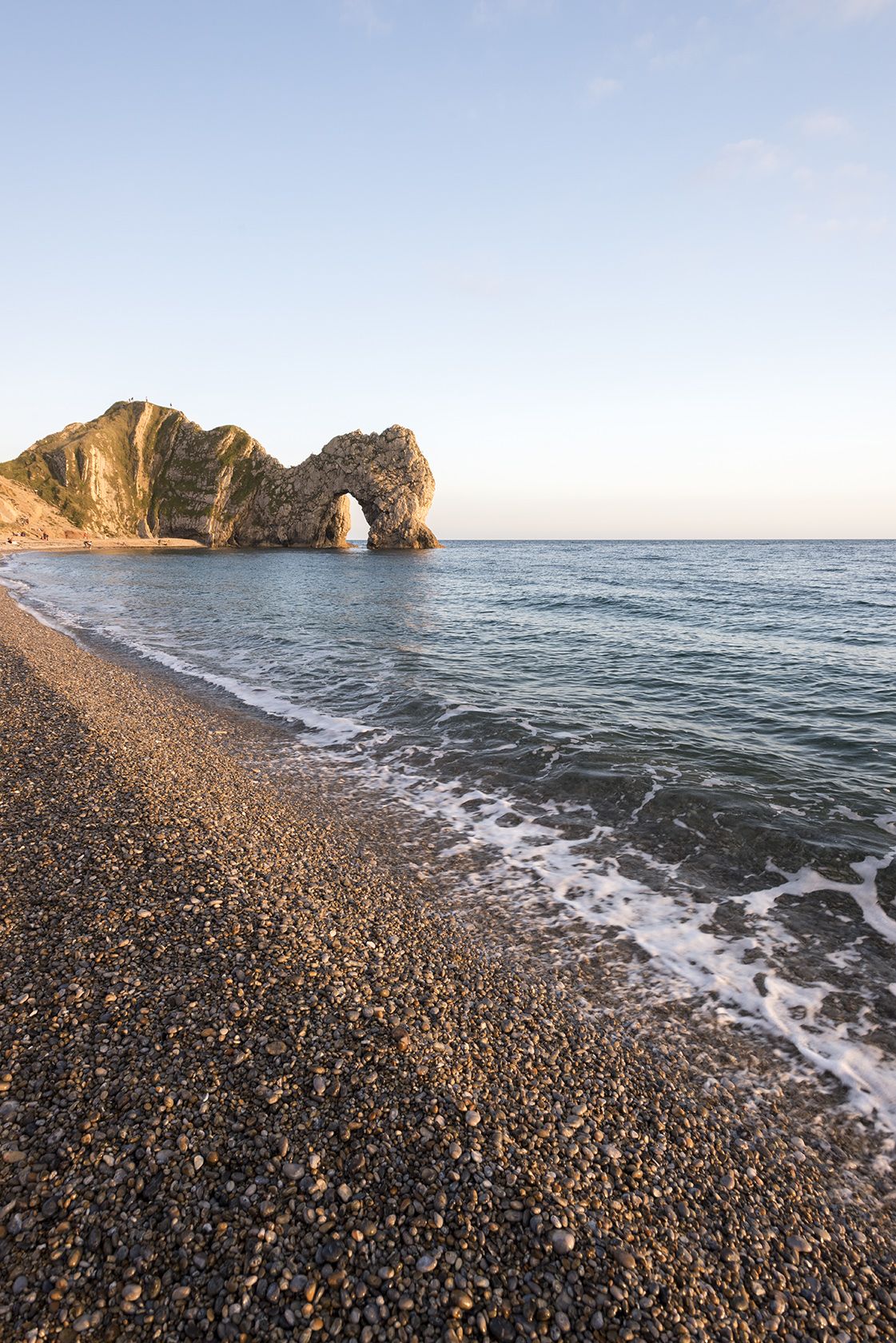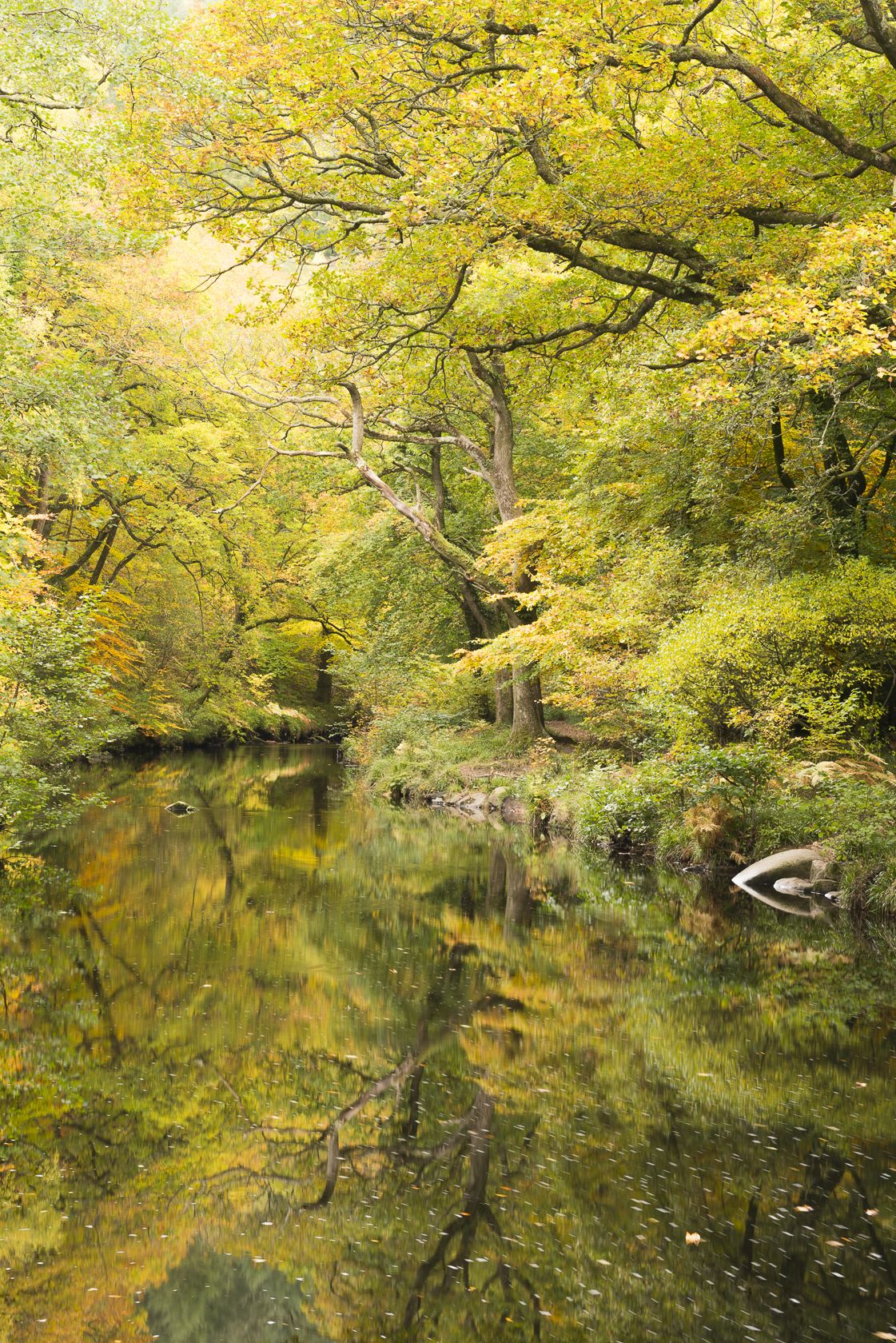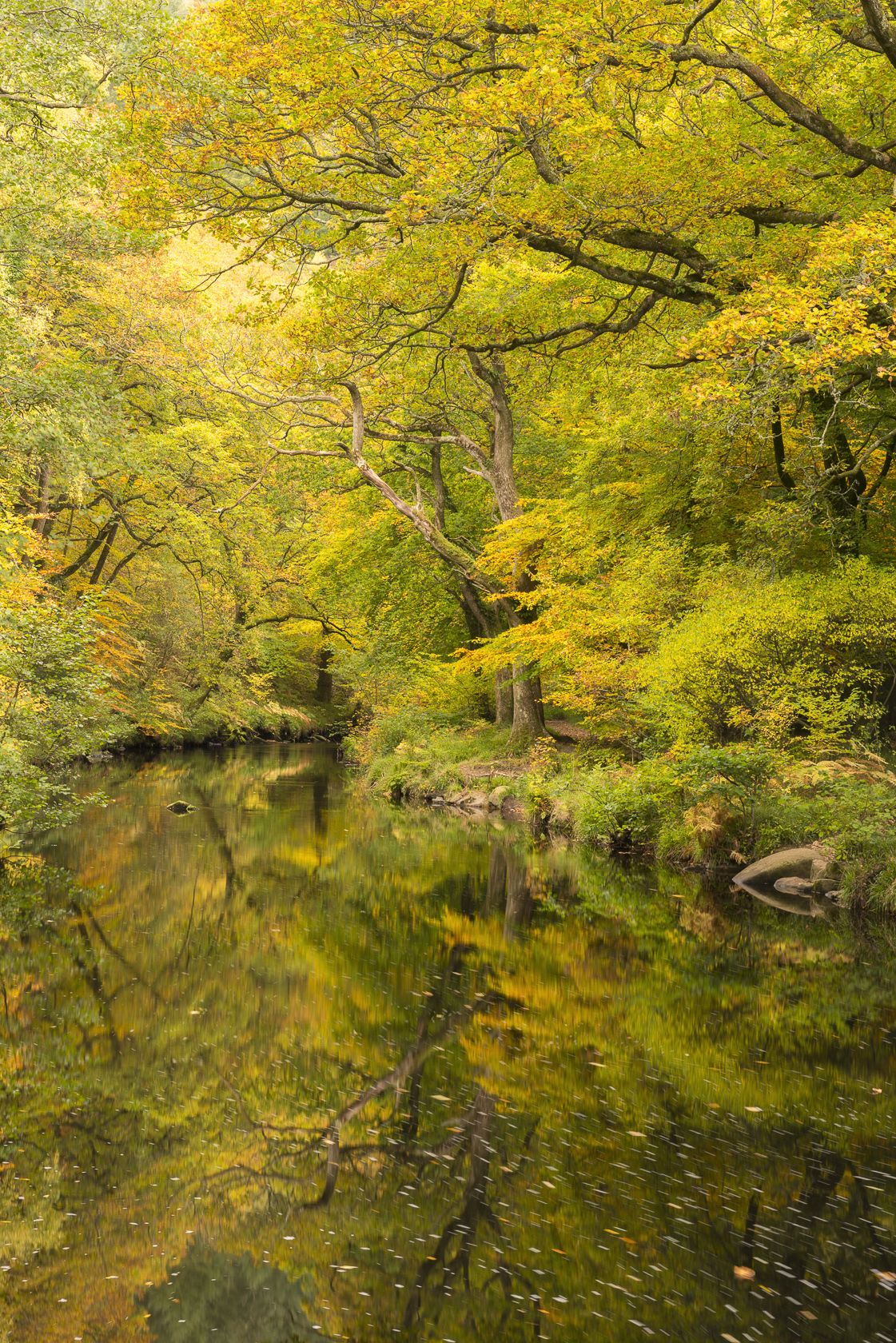Who needs filters anymore? Surely in this digital age, when the sophistication of Photoshop and photo editing software make it quick and easy to edit and enhance our files, the need for physical filters is long gone. Wrong. In practice, certain filter types remain just as essential as they always have done. While the role and effect of some filters is now easy to copy in post-processing, there are others that you just can’t replicate. In other words, you still need to ‘filter the light’ at the time you trigger the shutter. Arguably, of all the various filter types available, a polariser is the most useful and essential.

Manfrotto is a brand synonymous with quality photo accessories – particularly camera supports, heads and lighting. However, recently they have added a number of camera filters to their growing range. Within their new lineup, Manfrotto have developed an extensive range of circular polarising filters, available in the 7 most popular filter thread sizes – 52mm, 58mm, 62mm, 67mm, 72mm, 77mm and 82mm. They are also available in 3 ranges – Essential, Advanced and Professional – to ensure photographers with different budgets and demands are properly catered for. The Essential range is targeted at hobbyists; their Advanced filters are designed for enthusiasts; while their Professional filter range is aimed to satisfy the higher demands of semi-pro and professional photographers.
Personally speaking, I’m a Nikon user, relying mostly on the Nikkor 17-35mm and 24-70mm wide-angle zooms to capture the vast majority of my landscape and seascape shots. Both zooms have superb optics, so – as I’m sure you can appreciate – I’m fairly choosy about which filters I place in front of them. You should by picky too. After all, it is fairly pointless investing in topnotch glass if you then place cheap, poor quality filters in front of them.

During a recent trip to Skye, the weather was typically Scottish – I regularly got soaked while out shooting! However, I was very impressed with the filters ability to repel water – in fact I’ve not known a filter do a better job of this. Water just doesn’t appear to stick to the filter due to its repellent design and multi-coatings. Any smears or marks also wipe away really easily. As you can appreciate, this is hugely beneficial when you out shooting in all weathers, capturing the most dramatic, photogenic conditions.
All of Manfrotto’s polarising filters are water and scratch repellent and have a 3-year warranty. However, their Professional range boasts a larger number of coatings and enhanced ability to transmit light – compared to the Essential and Advanced versions – justifying their extra cost and making them most appealing to enthusiasts and pros. The Professional CPL is also antistatic to help ensure it stays clean and dust free while shooting – a great feature. When I handled the filter for the first time, I was impressed at just how slim and light it was. Despite using a large 77mm version, the filter was practically weightless. However, it felt solid and well constructed thanks to its metal, durable rim – something you don’t find on all polarising filters. I also like the neat re-usable protective storage case Manfrotto’s filters are supplied in. Their innovative cases have a graduated scale on them to show the size of the filter within, aiding easy identification.
- Without a Manfrotto Circular Polarising Filter
- With a Manfrotto Circular Polarising Filter
It is important to opt for a slim-line design if you intend combining the filter with an ultra wide-angle – filters with a deeper mount are more likely to vignette. In this instance, I was shooting at 17mm to capture a low, distorted view of these colourful beach huts against the sky. Despite the wide focal length, no vignetting (darkening of the corners) occurred due to using the filter. Despite being slim, the filter remains easy to grip and smooth to rotate.
So just why are polarisers such essential filters? They work unlike any other filter, blocking polarised light from entering the lens and therefore reducing glare, reflections and restoring natural colour saturation. To understand how they work, you need to know a little about how light is transmitted. Physics was never my strong point, so I hope you can follow my basic explanation. Put simply, light is transmitted in waves, the wavelengths of which determine the way the human eye perceives colour. Light travels in all possible planes through 360degrees.
When light waves strike a surface a percentage are reflected, while others are absorbed. It is these wavelengths that define the colour of the surface. To give you an example, a blue coloured object will reflect blue wavelengths of light, while absorbing all others. Polarised light is a little different, being the result of reflected and scattered wavelengths, and travelling in one direction only. It is these polarised wavelengths that create glare and reflections and reduce the intensity of a surface’s colour. The effect is most obvious in light reflected from non-metallic surfaces, like water, and in light from a clear sky. The only way to restore natural contrast and colour saturation is by blocking polarised light from entering the lens at the moment you trigger the shutter – no Photoshop wizardry will be able to help solve the problem retrospectively.
- Without a Manfrotto Circular Polarising Filter
- With a Manfrotto Circular Polarising Filter
Polarisers are best known for their ability to saturate clear blue skies, but the strength of their effect varies depending on the camera’s angle in relation to the sun. The optimum angle for a polariser is 90degrees to the sun – known as ‘Brewster’s Angle’. You can see from this image comparison what a significant effect the Manfrotto CPL has had on contrast and colour. Polarisers also absorb a degree of light – typically between one and two stops. Therefore, they lengthen shutter speed – useful if you wish to creatively blur subject motion, like water.
A polariser is constructed from a thin piece of polarising material sandwiched between two pieces of glass. You can vary the amount of polarised light entering the lens by rotating the front ring of the filter. As you rotate the filter, you will see reflections and glare come and go and the intensity of colours strengthen and fade. Rotate the filter until you achieve the effect you want – simple. The mount of Manfrotto’s Professional circular polarising filter is slim-line to reduce the risk of any vignetting affecting the image. This is an essential design feature if you are shooting using ultra wide-angles, like my 17-35mm. Some polarising filters are quite deep, so at short focal lengths you will typically see obvious darkening around the corners of the frame. Despite the polariser being slim, its still an easy filter to use. Often, the downside of slim-line designs is that it can be fiddly to attach to your lens, and then difficult to grip and rotate the filter into the position required. I had no such issues while using this filter. Tiny groves along the edge of the filter make it comfortable to grip and adjust, while the filter’s motion is exceptionally smooth and easy. The filter is designed with a thread, so you can attach a filter system directly to the polariser, should you wish to combine filter types – for example, NDs or grads.

The Manfrotto CPL is designed with a filter thread, so you can combine it with other filters. However, if you combine screw-in filters, take care not to get them jammed together. Therefore, if you normally keep a Protect filter on your lens to protect it from scratches and marks, I suggest you remove it before attaching the polariser. Doing so will also reduce the enhanced risk of vignetting caused by using multiple screw-in filters.
A polariser’s effect can be significant – it can be the difference between capturing a good or great shot. I’ve always been a big fan of polarising filters. While they are best known for their ability to deepen clear blue skies and make cloud standout, they are actually useful in a wide variety of shooting situations. They are particularly effective when shooting rivers and woodland interiors. By eliminating the glare radiating from foliage, they appear to intensify the colour of woodland and rural scenes – particularly in spring and autumn when the colour of leaves are at their most vibrant. Having used Manfrotto’s Professional CPL exclusively for the past couple of months now, I’ve had the opportunity to test the filter in quite a range of situations, from far-reaching vistas in the highlands of Scotland, to the wooded valleys near my home in the South West of England. So far, I’ve been nothing but impressed. As previously outlined, the construction and design of the filter is one of genuine quality, but obviously the key thing is performance, and the Professional CPL doesn’t disappoint. Its ability to maintain sharpness and faithful colour is impressive. The Professional range benefit from an elaborate multi-coating process, boasting 12 layers, compared to the 2 coatings applied to the Essential range. I’m not the most technical minded when it comes to things like this, but the lens coatings help minimize reflections, while maximizing light transmission through the filter. The Professional CPL transmits 90% light. This ensures the filter delivers the highest optical quality possible and doesn’t effect or degrade the optics of your lens. This is very reassuring when you’ve invested considerable cash in buying top quality lenses!
To be honest, there is little not to like about Manfrotto’s Professional CPL. It is light, slim and smooth to rotate. Its sharpness and colour rendition is excellent and ability to repel water and dirt enhances it appeal further. For landscape shooters, travel photographers, and photographers on the go, this is an essential little filter to keep in your camera back pack, with the ability to transform your shots…
- Without a Manfrotto Circular Polarising Filter
- With a Manfrotto Circular Polarising Filter
A polariser is useful for a wide range of subjects. Its ability to eliminate glare from leaves and foliage makes it a great woodland filter. You can see from these two images how using the filter has restored natural colour saturation to this autumn scene.
Copyright: text and image Ross Hoddinott















